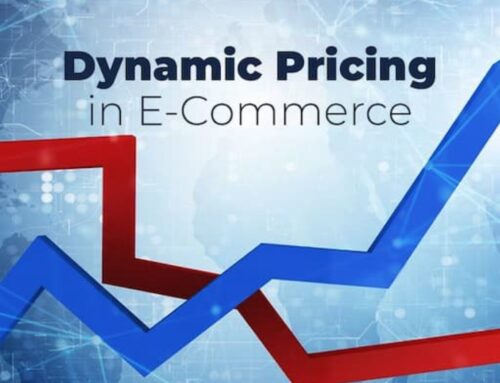Table of Contents
Are you looking to boost your e-commerce sales? One of the most effective ways to do so is through email marketing. E-commerce email marketing is a powerful tool for connecting with your subscribers and promoting your products. You can build customer loyalty, increase engagement, and drive sales with the correct email campaigns and strategies.
When it comes to e-commerce email marketing, there are many types of email campaigns you can use to reach your customers. The possibilities are endless, From transactional emails confirming purchases to promotional emails offering discounts. You can create lifecycle emails targeting customers at different buying stages, from browsing to post-purchase. The key is creating compelling content and using segmentation to ensure your emails are relevant and personalized to each subscriber.
To get the most out of your e-commerce email marketing, it’s essential to have a solid strategy in place. This includes building your email list, segmenting your subscribers, creating enticing subject lines, and measuring your results. With the right approach, you can turn your email list into a powerful tool for driving sales and building customer loyalty.
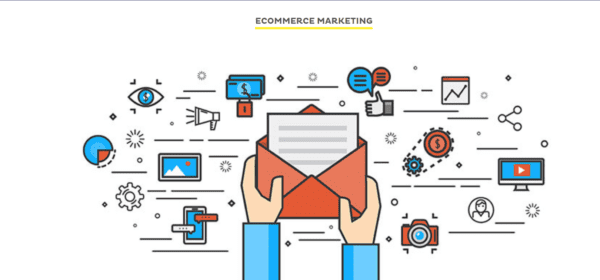
Building Your Email List
Your email list is the foundation of your e-commerce email marketing strategy. It’s essential to have a list of subscribers who have opted in to receive your emails. Here are some strategies to help you build your email list:
Opt-In Strategies
The most effective way to build your email list is to use an opt-in strategy. This means you ask your visitors to sign up for your email list by filling out a form or subscribing to your newsletter. Here are some opt-in strategies you can use:
- Pop-ups: Use pop-ups to capture your visitors’ attention and encourage them to sign up for your email list. Ensure your pop-ups are well-designed and offer value to your visitors.
- Forms: Place sign-up forms on your website, blog, and social media pages. Make sure your forms are easy to fill out and offer something of value to your visitors.
- Incentives: Offer your visitors an incentive, such as a discount code or a free e-book, in exchange for signing up for your email list.
Segmentation Best Practices
Segmenting your email list is essential to ensure your subscribers receive relevant content. Here are some segmentation best practices:
- Demographics: Segment your list based on age, gender, and location.
- Behaviour: Segment your list based on your subscribers’ behaviour, such as their purchase history and the pages they’ve visited on your website.
- Preferences: Ask your subscribers about their preferences and segment your list based on their interests.
In conclusion, building your email list is essential to the success of your e-commerce email marketing strategy. Use opt-in strategies to encourage your visitors to sign up for your email list, and segment your list to ensure that your subscribers receive relevant content.
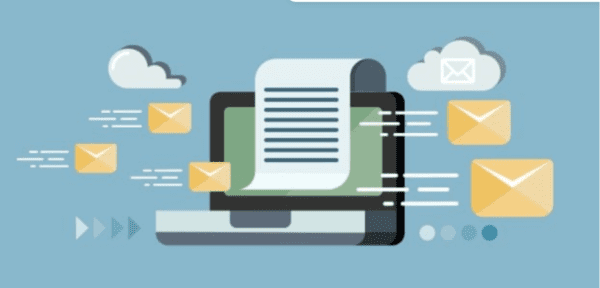
Crafting Effective Email Campaigns
Crafting effective email campaigns requires a combination of personalization, segmentation, and A/B testing. Implementing these strategies optimizes email campaigns and improves their overall performance.
Welcome Emails
Welcome emails are a great way to introduce your brand to new subscribers. They set the tone for your email marketing campaigns and help build relationships with your audience. Welcome emails have an open rate of 50%, making them one of the most effective types of emails.
When crafting your welcome email, make sure to:
- Introduce yourself and your brand
- Thank your subscribers for signing up
- Provide a clear call-to-action (CTA)
Adding a special offer or discount code can also help incentivize subscribers to make their first purchase.
Promotional Emails
Promotional emails are a great way to showcase your products and drive sales. When crafting your promotional email, make sure to:
- Highlight your best-selling products
- Include high-quality product images
- Provide a clear CTA
Personalizing your promotional emails can also help increase engagement and conversions. Use subscriber data such as past purchases or browsing history to recommend products relevant to their interests.
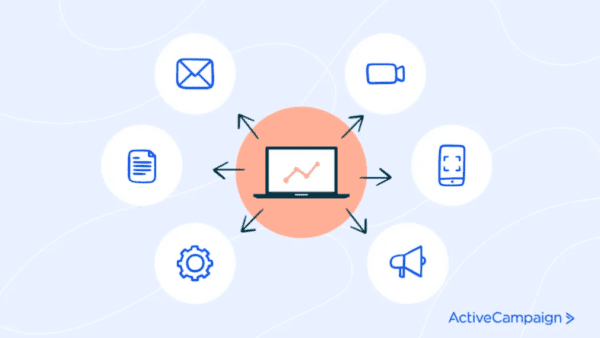
Abandoned Cart Emails
Abandoned cart emails are a powerful way to win back customers who have left items in their cart without completing their purchase. They have an average open rate of 45% and a click-through rate of 21%.
When crafting your abandoned cart email, make sure to:
- Remind the subscriber of the items left in their cart
- Include high-quality product images
- Provide a clear CTA
Offering a discount or free shipping can also help incentivize subscribers to complete their purchase.
By crafting practical welcome, promotional, and abandoned cart emails, you can improve your email marketing campaigns and drive sales for your e-commerce business.
Enhancing Engagement and Conversion
Focusing on enhancing engagement and conversion rates is crucial to maximizing the effectiveness of your e-commerce email marketing campaigns. Here are some proven strategies that can help you achieve this goal.
A/B Testing for Success
A/B testing is a powerful technique for optimizing e-commerce emails for maximum engagement and conversion. By creating two versions of the same email and testing them with a small sample of your subscribers, you can determine which version performs better and use it for the rest of your list.
To get the most out of your A/B testing, consider testing different elements of your emails, such as subject lines, personalized messages, and call-to-action (CTA) buttons. By experimenting with different variations of these elements, you can identify the most effective combinations that drive engagement and conversions.
Personalization Techniques
Personalization is another critical strategy for enhancing engagement and conversion rates in e-commerce email marketing. By tailoring your emails to your subscribers’ specific needs and preferences, you can create a more personalized and engaging experience that encourages them to take action.
Some effective personalization techniques include using the subscriber’s name in the subject line or body of the email, segmenting your list based on demographics or behaviour, and sending personalized product recommendations based on past purchases or browsing history.
Conversion Rate Optimization
Finally, optimizing your conversion rates is essential for maximizing the ROI of your e-commerce email marketing campaigns. By tracking key metrics such as open rates, click-through rates, and conversion rates, you can identify areas for improvement and make data-driven decisions to optimize your campaigns.
Some effective conversion rate optimization strategies include optimizing your email design for mobile devices, using clear and compelling CTAs, and testing different variations of your emails to identify the most effective combinations.
Implementing these strategies and continually testing and optimizing your e-commerce email marketing campaigns can enhance engagement, drive sales, and achieve higher conversion rates.
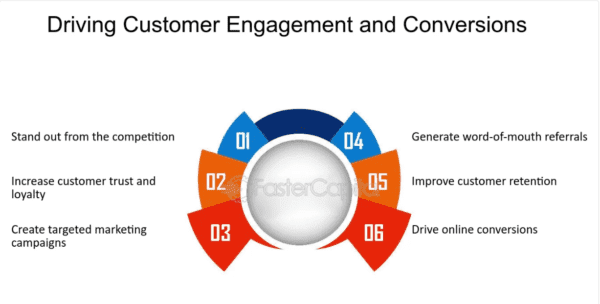
Email Marketing Analytics
Email marketing analytics is analyzing the performance of your email marketing campaigns. By tracking key performance indicators (KPIs), you can measure the success of your campaigns and make data-driven decisions to improve your email marketing strategy.
Key Performance Indicators
Key performance indicators (KPIs) are metrics that help you measure the success of your email marketing campaigns. Some of the most important KPIs to track include:
- Open rates: The percentage of recipients who opened your email.
- Click-through rates: The percentage of recipients who clicked on a link in your email.
- Bounce rates: The percentage of emails that were undeliverable.
- Subscribe rates: The percentage of people who signed up for your email list.
- Unsubscribe rates: The percentage of people who unsubscribed from your email list.
By tracking these KPIs, you can identify areas where your email marketing campaigns succeed and areas that need improvement.
Analyzing Customer Behavior
To get the most out of your email marketing campaigns, it’s essential to understand your customers’ behaviour. By analyzing customer behaviour, you can identify patterns and trends that can help you improve your email marketing strategy.
One way to analyze customer behaviour is to look at their purchase history; by tracking what products or services your customers have purchased, you can create targeted email campaigns that are more likely to resonate with them.
Another way to analyze customer behaviour is to track engagement with your emails. By monitoring which emails are opened and which links are clicked, you can identify what content your customers are most interested in and adjust your email marketing strategy accordingly.
In conclusion, analytics is essential to any successful email marketing strategy. By tracking KPIs and analyzing customer behaviour, you can make data-driven decisions that improve the effectiveness of your email marketing campaigns.

Maintaining Compliance and Deliverability
When it comes to e-commerce email marketing, maintaining compliance and deliverability is crucial. Failure to comply with email marketing regulations can result in significant consequences, including hefty fines and damage to your brand’s reputation. Additionally, poor deliverability can result in your emails ending up in spam folders, which means your target audience may never see them.
Avoiding the Spam Folder
One of the most critical aspects of maintaining deliverability is avoiding the spam folder. To do this, you must ensure that email service providers do not mark your emails as spam. One way to do this is by using permission-based email marketing. This means that you only send emails to people who have given you explicit permission to do so.
Another way to avoid the spam folder is to use email marketing automation software with built-in tracking features. These features can help you identify inactive subscribers so you can focus on those more likely to convert. Additionally, you should avoid using words or phrases that could trigger spam filters, such as “free,” “act now,” “re:” and “fwd:”
Email Marketing Regulations
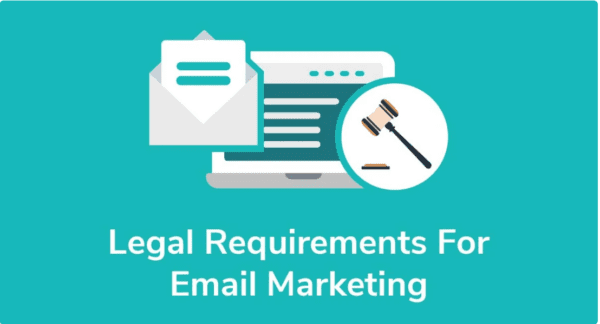
Email marketing regulations vary by country and region. In the United States, for example, the CAN-SPAM Act sets rules for commercial email, including requirements for opt-out mechanisms and accurate subject lines. In the European Union, the General Data Protection Regulation (GDPR) sets strict data protection and privacy rules, including consent for email marketing.
Staying current on the latest laws and regulations is essential for maintaining compliance with email marketing regulations. Additionally, you should ensure that your subscribers have explicit permission to receive emails and that you provide an easy way for them to opt out of receiving future emails.
In conclusion, maintaining compliance and deliverability is crucial for e-commerce email marketing success. By adhering to email marketing regulations, avoiding the spam folder, and using email marketing automation software with built-in tracking features, you can ensure that your emails reach your target audience and drive conversions.





